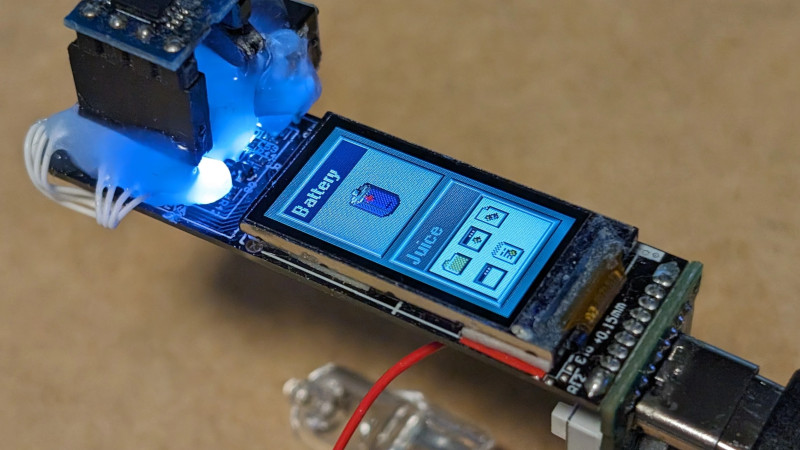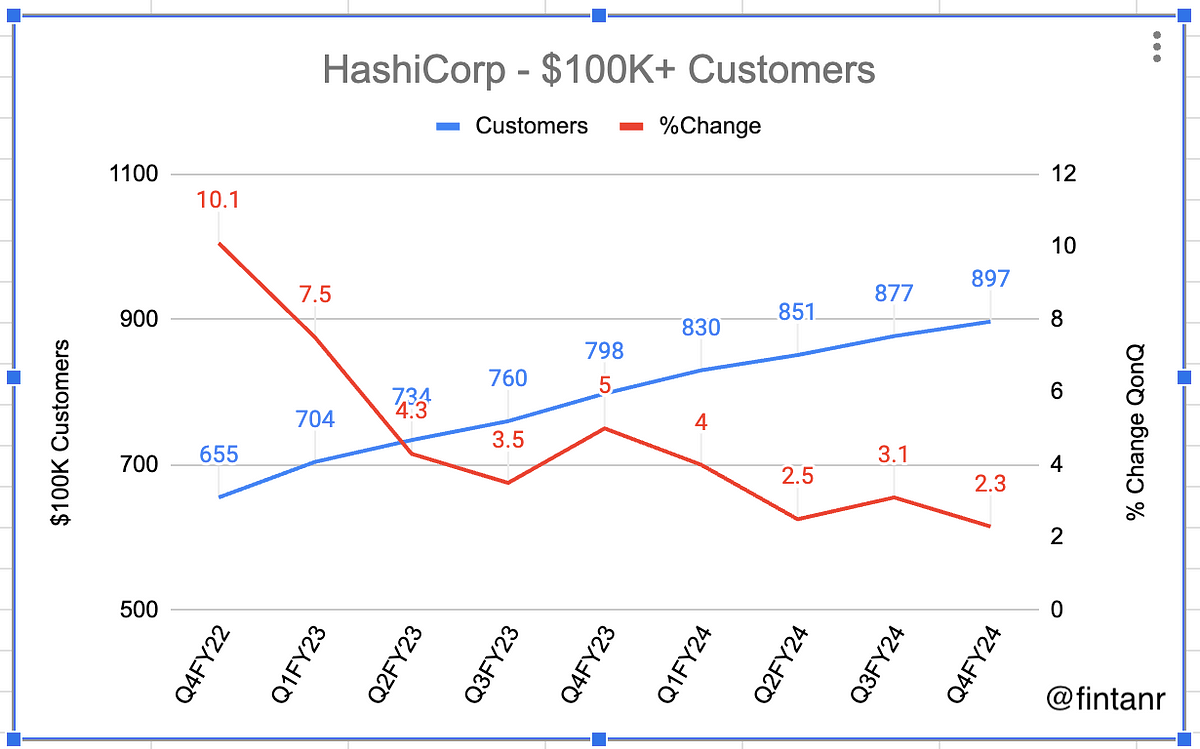Venti - Wikipedia
Venti is a network storage system that permanently stores data blocks. A 160-bit SHA-1 hash of the data (called score by Venti) acts as the address of the data. This enforces a write-once policy since no other data block can be found with the same address: the addresses of multiple writes of the same data are identical, so duplicate data is easily identified and the data block is stored only once. Data blocks cannot be removed, making it ideal for permanent or backup storage. Venti is typically used with Fossil to provide a file system with permanent snapshots.
Venti was designed and implemented by Sean Quinlan and Sean Dorward at Bell Labs. It appeared in the Plan 9 distribution in 2002. Development has been continued by Russ Cox who has reimplemented most of the server, written a library for creating datastructures (files, directories and meta-data) to store in Venti and implemented optimizations. Venti is available both in the Plan 9 distribution and for many UNIX-like operating systems[1] as part of Plan 9 from User Space. Venti is included as part of Inferno with accompanying modules for access. There is a Go set of programs to build your own Venti servers. Included are examples using different kinds of backend storage.
Venti is a user space daemon.[2] Clients connect to Venti over TCP[2] and communicate using a simple RPC-protocol. The most important messages of the protocol are listed below. Note that there is no message to delete an address or modify data at a given address.



.png)










